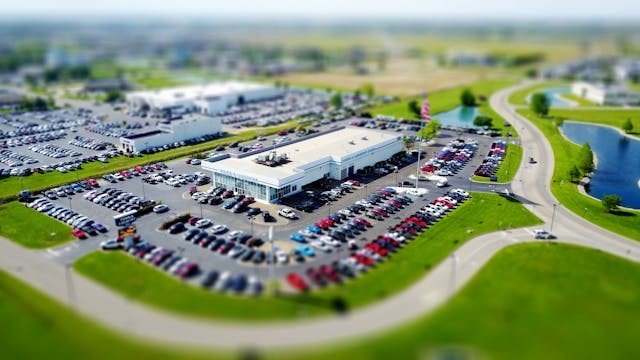In the competitive landscape of the automotive industry, having a robust online presence is paramount. With consumers increasingly turning to the internet to research and purchase vehicles, implementing effective Search Engine Optimization (SEO) strategies is crucial for automotive businesses to stay ahead. Here are five SEO strategies tailored to drive success in the automotive industry.
1. Optimize for Local Search
Given the localized nature of automotive sales and services, optimizing for local search is essential. Ensure your business listings on platforms like Google My Business are accurate and up-to-date with relevant information such as address, phone number, and business hours. Incorporate location-based keywords throughout your website content, meta descriptions, and title tags to improve visibility in local search results. Additionally, encourage satisfied customers to leave positive reviews, as they can significantly impact local search rankings.
2. Create High-Quality Content
Content is king in the world of SEO, and the automotive industry is no exception. Develop high-quality, informative content that addresses common questions and concerns among car buyers and enthusiasts. This could include Australian Backlinks, articles, videos, and infographics covering topics such as car maintenance tips, comparison guides, and industry news. By providing valuable content, you not only engage your audience but also establish your authority and credibility in the automotive space, which can improve your search rankings over time.
3. Utilize Long-Tail Keywords
Long-tail keywords are specific phrases that typically have lower search volume but higher intent. In the automotive industry, consumers often use long-tail keywords when conducting research or looking for specific products or services. Conduct keyword research to identify relevant long-tail keywords related to your business, such as “best hybrid SUV for families” or “certified pre-owned luxury cars in [city].” Incorporate these keywords naturally into your website content, blog posts, and product descriptions to attract highly targeted traffic and improve conversion rates.
4. Leverage Multimedia
Incorporating multimedia elements such as images, videos, and interactive tools can enhance the user experience on your website and improve your SEO performance. When optimizing multimedia content, be sure to include descriptive filenames, alt tags, and captions that incorporate relevant keywords. This not only helps search engines understand the content of your media but also improves accessibility for users with disabilities. Additionally, hosting videos on platforms like YouTube and embedding them on your website can attract additional traffic and improve your overall visibility in search results. Consider integrating strategies for Link Building in Australia to further boost your website’s authority and visibility within the Australian market, enhancing your digital presence and attracting targeted local audiences.
5. Prioritize Mobile Optimization
With the majority of internet users accessing content on mobile devices, optimizing your website for mobile is no longer optional—it’s essential. Ensure your website is mobile-responsive, meaning it adapts seamlessly to different screen sizes and devices. Page speed is also critical for mobile optimization, as slow-loading pages can lead to higher bounce rates and lower search rankings. Use tools like Google’s Mobile-Friendly Test and PageSpeed Insights to identify and address any issues affecting your site’s mobile performance.
Conclusion
Implementing effective SEO strategies is essential for automotive businesses looking to succeed in today’s digital landscape. By optimizing for local search, creating high-quality content, utilizing long-tail keywords, leveraging multimedia, and prioritizing mobile optimization, you can improve your online visibility, attract more qualified leads, and ultimately drive success in the competitive automotive industry. Stay ahead of the curve by continuously monitoring and adapting your SEO efforts to align with evolving industry trends and search engine algorithms.



